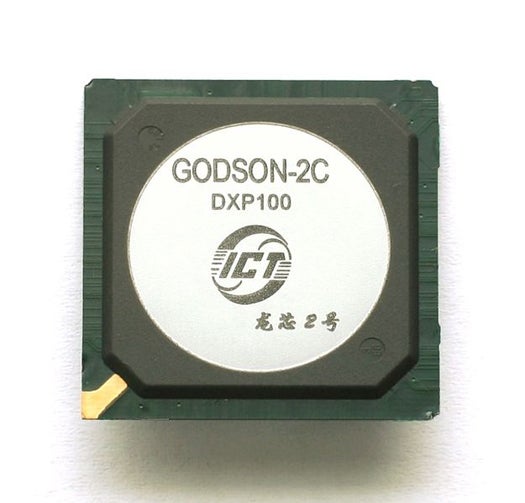Native Chinese Supercomputer Could Be World’s Most Efficient
The race for performance-per-watt is on

A new native Chinese supercomputer set to debut this summer might be the most efficient ever built. It won’t be the fastest, but it sips power to perform terascale calculations, and it’s all built in China.
Officials at China’s Institute of Computing Technology recently announced a summer launch for the country’s first wholly indigenous supercomputer, the Dawning 6000, which will achieve 300 teraflops using 3,000 1 GHz 8-core Godson (also known as Loongson) 3B chips. It’s very efficient at 3.2 gigaflops per watt — or 128 gigaflops using the power of a typical light bulb.
This is possible because of the Godson chip’s relatively low clock speed, at 1.0 GHz, and its use of the old-school 64-bit MIPS architecture, according to HPC Wire.
As computers grow ever more powerful, they also grow more power-hungry, requiring rooms full of cooling systems. So power-sipping supercomputers would be a major advancement. Technology Review predicts performance per watt will become the dominant supercomputer awesomeness metric.
IBM’s new Mira supercomputer, slated to be delivered next year, will be one of the most energy-efficient in the world, thanks to improved chip designs and an efficient water-cooling system. Mira will be built on a Blue Gene/Q platform, currently tops in terms of performance per watt.
But HPC Wire says the Godson platform could give Blue Gene/Q a run for its money. The MIPS architecture is known for high function at low power, which is why MIPS cores can be found in technology ranging from portable video game consoles to wireless routers.
The People’s Republic is performing pretty well in the supercomputing race. Its Tianhe-1A supercomputer is the world’s fastest, achieving 2.507 petaflops via 7,168 NVIDIA GPUs and 14,336 CPU. But those components are made by American companies.
Ultimately, the Godson chips are unlikely to challenge companies like AMD and Intel in western computers. But HPC Wire notes they could cut into those companies’ imports into China.